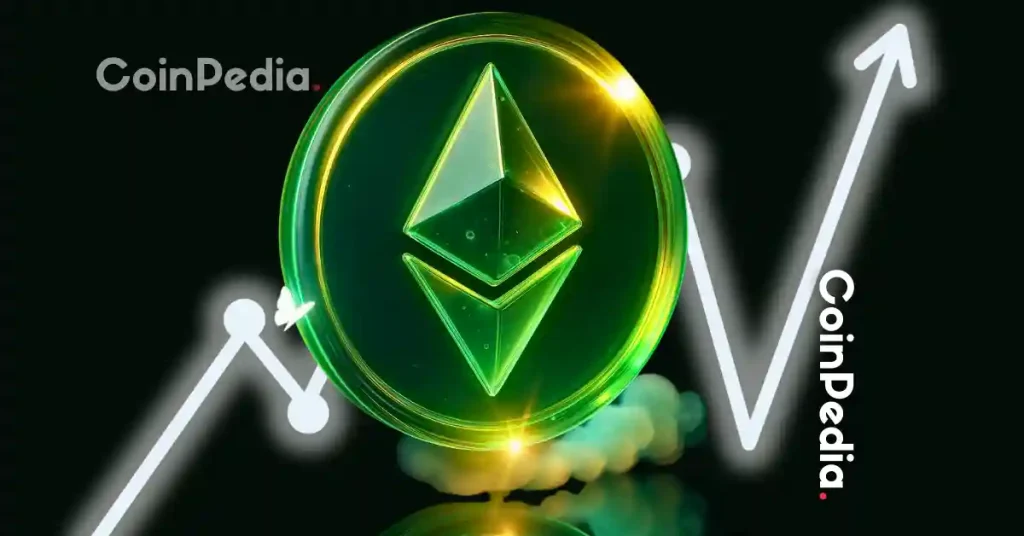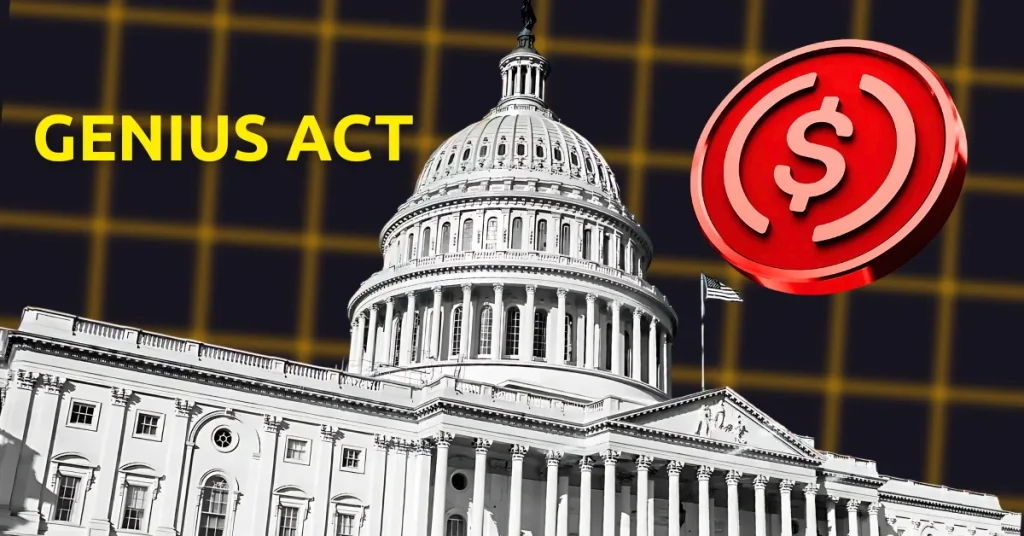
Although the term “public goods” itself dates back to pre-modern times, the first solid framework for defining public goods was created in the 1950s. First economist Paul Samuelson and then fellow economist Richard Musgrave established definitions of terms that are still in common use today, such as “non-rival” and “non-excludable.”
Examples of public goods include clean air, parks, roads, and national security. If one person can access it, so can everyone else (non-rivalry), and one person’s use does not deplete the other person’s share (non-excludability).
These definitions arose at a very particular time in the global environment that had just formed after World War II. Nationalism was still a prominent feature, and an understanding of the concept of “public” beyond the basic boundaries of the state was not always clear to societies whose well-being and survival depended on the state.
global public goods
Since the advent of the Internet, discussions on global public goods and their meaning have developed significantly. When thinking about global public goods, a much wider range of rivalries and exclusivities became apparent. For example, roads may not be accessible if entry into a particular city is not permitted, or park entrances may be locked at night.
The internet has become ubiquitous with projects like Starlink, a satellite-based internet service, continuing to emerge, but it is still not fully accessible everywhere in the world. do not have.
We still pay for many goods that are not so public. This is because, while recognizing the ideal of valuing the openness of such goods, in reality the focus is on the positive externalities that such goods generate. We are paying for subways that may be overwhelmed by demand. This is because the subway contributes to the prosperity of the city.
By paying tolls, passengers form a community that generates economic activity, and property owners benefit from increasing the value of the area around the station. And part of the profit is returned to the city as taxes. Despite its limitations, goods like the subway system increase collective well-being.
Ethereum is a public good
Like the subway, the Ethereum blockchain creates meaningful positive externalities, although transactions can sometimes take longer. There has been much debate about how the Ethereum blockchain will increase human agency and collaboration, with some comparing its achievements and development to cities. Some also point out that programmable money allows the transfer of value much like the early Internet enabled the transfer of information.
So in a sense, the Ethereum blockchain is a public good. Some sort of digital city is often built by its citizens for the well-being of all.
But realistically, like many things we define as public goods, the Ethereum blockchain functions like a “commons,” especially in situations where the state is not involved. And all commons need to be managed carefully.
Ethereum management
In 2009, economist Elinor Ostrom won the Nobel Prize for her work on managing the commons. The “tragedy of the commons,” as biologist Garrett Hardin points out, the inevitable depletion of even the most basic necessities like fish stocks, can be addressed by designing local, self-managing systems to reduce reliance on states and corporations. Ostrom showed that it can be solved without
On the Ethereum blockchain, maintenance is concerned with developing critical open source software, participating in decentralized governance, and preventing the dilution of the foundational cultural principles of the multi-tested ecosystem. means
Managing a commons like the Ethereum blockchain is a complex process. Unlike the traditional centralized organizational model, the administration of the Ethereum blockchain is decentralized among many stakeholders and must loosely agree on a protocol that handles billions of dollars in value. .
“Blockocracy”, the focus on maintenance by users – developers from various client teams, researchers, validators, and large organizations like the Ethereum Foundation – proves that fact. are doing. In addition, developers of DAOs (decentralized autonomous organizations), DeFi (decentralized finance), and NFTs are also responsible for maintenance.
Where we fail is when we don’t understand our own self-organizing ecosystems and don’t take responsibility for each. We cross a delicate boundary, and sometimes we increase the number of cattle in the ranch more than expected, accelerating the decline of the ranch.
The group that divides Ethereum into two
The Ethereum blockchain is divided into two groups. One, called Regen, is seen as the source of an incredible ecosystem of innovative smart contracts for creating and maintaining global public infrastructure.
The other is Degen, which promotes innovative, permissionless DeFi and NFTs, sometimes leading to scams such as ragpull. Digen, which prefers high-risk, high-return, can play an important role in our ecosystem, but we need to define how these two groups can work together. The two need not conflict. But we need cooperation.
Perhaps a better frame to tie the two together would be that Regen and Digen are called “missionaries” and “mercenaries (for money)” respectively. Deep down, many people who call themselves Dijen must also hold the ethos of Ethereum in high esteem.
“Missionaries” are “fascinated by technology” as we are. Meanwhile, the “mercenaries” will try to make the Ethereum blockchain more open and transparent on their own terms.
believe in ethereum
Complete permissionlessness is sacred in crypto culture. Like decentralization and censorship resistance, it’s an absolute non-negotiable. But technically nobody can deny access to a blockchain, so it always comes down to culture and expectations. Do your best to set better expectations.
Developing a strong culture of believing in the Ethereum blockchain as a public good and why this public infrastructure is important can help contain the mercenaries and strengthen the ecosystem for the next cycle. .
By viewing the Ethereum ecosystem as a shared commons that needs to be tended (rather than letting too many cattle out), we can forge our own future between Regen and Digen.
Dr. Paul J. Dylan-Ennis: Assistant Professor, Business School, University College Dublin.
Mr. Scott Moore: Co-founder of Gitcoin, an internet-native community dedicated to developing and funding digital public goods.
|Translation and editing: Akiko Yamaguchi, Takayuki Masuda
|Image: Shutterstock
|Original: Ethereum’s Regens Tend to Ethereum’s Public Goods
The post Recognize Ethereum as a “public good” and protect it[Opinion]| coindesk JAPAN | Coindesk Japan appeared first on Our Bitcoin News.

 2 years ago
100
2 years ago
100














 English (US) ·
English (US) ·